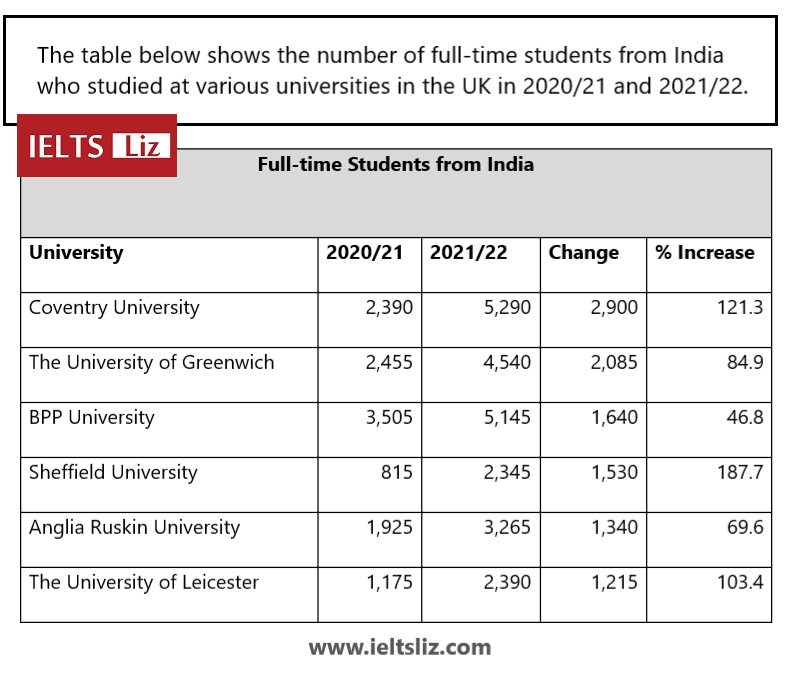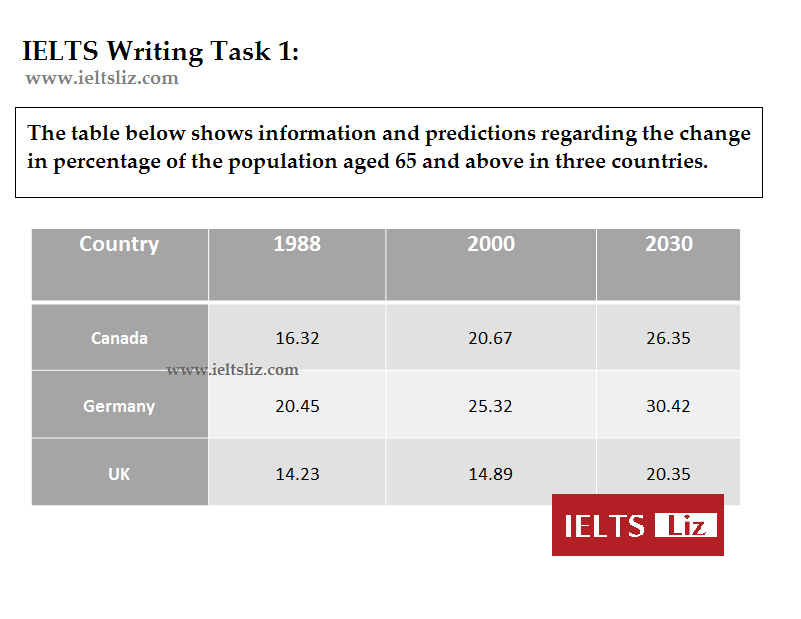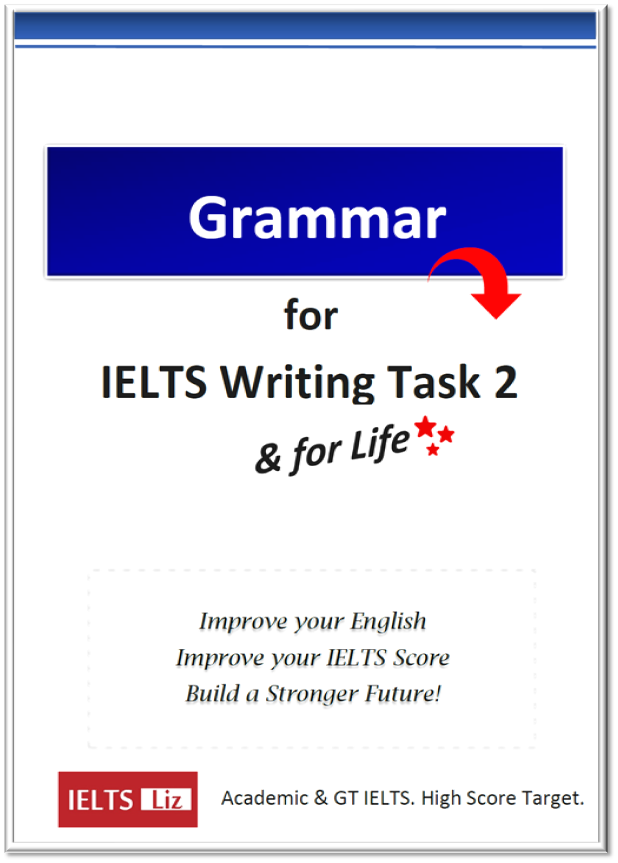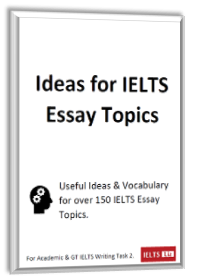The IELTS table and pie chart below have been reported twice in the IELTS writing task 1 test and this task is likely to appear again.. The topic is the imports of fish to the US from various countries and the value of these imports.
Note: The writing task 1 below is a reproduction of the original IELTS task 1 by an IELTS candidate. This means details will vary from the original. Even so, it gives a great chance to practise multiple tasks.
IELTS Writing Task 1: Table & Pie Charts
IELTS writing task 1 (academic) test. This task is slightly different to the one featured in my video (Introduction Paragraph in Writing Task 1). Note that is it about value and not cost.
Model Answer: IELTS Table & 3 Pie Charts
Instructions: The following model answer has been divided into sentences (A-H). Put them in the correct order to find a band score 9 model writing task 1 report.
A) In terms of the source of fish importation, Canada supplied the overwhelming majority in 1988 (60%) compared to China and other countries which provided only 13% and 27% respectively.
B) Regarding the table, the value of imports started at $6.57 billion in the first year, increasing to $8.52 in 1992 and reaching $10.72 in the last year.
C) Overall, the value of imports rose by just under double over the period given.
D) Likewise, imports from China rose over the period to reach 30% in 2000.
E) At the start of the period, the US imported fish predominantly from Canada but, by the final year, other countries had become the main source.
F) Conversely, by 1992, other countries had replaced Canada as the main supplier and made up 46% of all imports in 1992 and 42% by 2000.
G) The table shows the value of fish that was imported to the US (measured in billions of dollars) in 1988, 1992 and 2000, while the three pie charts illustrate the proportion of fish that the US brought in from China, Canada and other countries in the same three years.
H) The imports from Canada then proceeded to fall to 28% in the final year.
ANSWERS & FULL MODEL ANSWER:
Click here to reveal answers and model: Answers
Answer: G C E B A H F D
See the model answer below to check how the above information is organised into paragraphs.
IELTS Model Answer: Table & 3 Pie Charts
The table shows the value of fish (in billions of dollars) that was imported to the US in 1988, 1992 and 2000, while the three pie charts illustrate the proportion of fish that the US brought in from China, Canada and other countries in the same three years.
Overall, the value of imports rose by just under double over the period given. At the start of the period, the US imported fish predominantly from Canada but, by 1992 other countries became the main source.
Regarding the table, the value of imports started at $6.57 billion in the first year, increasing to $8.52 in 1992 and reaching $10.72 in the last year.
In terms of the source of fish importation, Canada supplied the overwhelming majority in 1988 (60%) compared to China and other countries which provided only 13% and 27% respectively. The imports from Canada then proceeded to fall to 28% in the final year. Conversely, by 1992, other countries had replaced Canada as the main supplier and made up 46% of all imports in 1992 and 42% by 2000. Likewise, imports from China rose over the period to reach 30% in 2000.
Examiner Comment: Vocabulary is accurate and flexible. Paraphrase for the topic vocabulary =fish importation, provided, supplied, suppliers. Please note that the topic vocabulary provided by IELTS was also used and this is fine. Sentences are complex and accurate. The writer offers a good range of sentence structures and linking words (while, overall, regarding, in terms of, compared to, likewise, on the other hand). The overview statement is easy to find and contains the key features for both table and charts. Details are well organised into logical body paragraphs. It is fine that body paragraphs are not of equal length in report writing. This is estimated at band 9.
.
More IELTS Writing Task 1:
For more multiple tasks and other types of task 1 model answers, click below:
- How to write an Introduction Paragraph for WT1: Video Lesson. This video does cover the above table and pie charts.
- IELTS Table Model Answers
- Many Practice Charts, Tables, Line Graphs, Diagrams etc for your practice at home.
- All IELTS Writing Task 1 Free Lessons & Model Answers
Note: GT candidates are not given such tasks. GT writing task 1 is a letter only. Click here: Essential Tips for IELTS GT Letter
.








